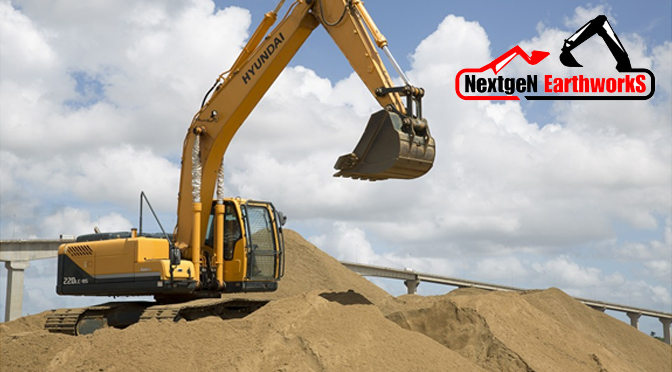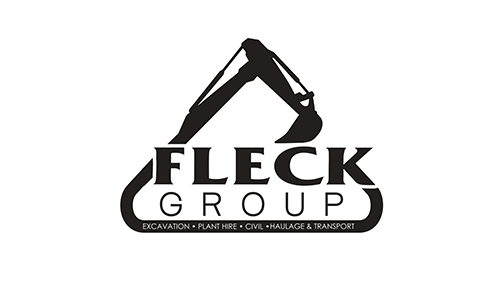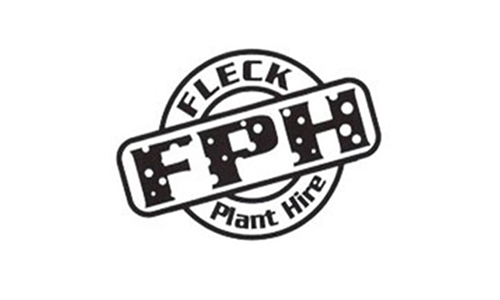BLOG DETAIL

In the realm of excavation and earthmoving operation, selection of the trenching method turns out to be one of the most critical decisions. Any mistake in this result will invite disaster that might be too steep to overcome. Thus, every excavation company in Sydney like anywhere else in the world has to be extremely careful in chalking out the appropriate trenching method. However, that’s not all. A proper trenching method will only leave the task half done. It should be backed by an adequate supporting option that will ensure that the trenches hold, and do not cave in. Here on this page, we discuss the different methods of trenching support, along with the respective considerations that are involved in selecting the support.
The preamble….
The primary objective of any trench supporting method is to safeguard personnel from caving earth. The secondary objective is providing support to the nearby structures thereby allowing access to suitable access for the conduction of the work. It’s the same with our excavation experts at NextGen Earthworks! Before carrying out detailed excavations in Sydney or wherever else we serve, our experts would put maximum emphasis on trenching along with its support options.
Technically speaking, deep trenching and its support options need to be analysed to achieve a comprehensive economic solution, wherein all the variable alternatives are reviewed before deciding on the most appropriate method of excavation, laying of pipes, backfilling, scheduling and obstructions. There is no ‘one-option-fits-all’ solution to the selection of trenching support methods during excavation and earth moving service in Glenhaven like anywhere else in the world. The process of excavation typically starts with the evaluation of plans and specifications along with geotechnical reports, for understanding the constraints and the conditions that are likely to be faced.
The options….
Trenches that we dig during the excavation in Kenthurst, Sydney, or elsewhere are generally supported by one or a permutation and combination of the following methods. The usual order of preference in this regard depends on productivity and its associated cost. The open cut method by sloping the walls of the trenches is the most popular and the first and foremost choice. Our experts would opt for shoring when other methods are not applicable or practicable.
The Open Cut Method: This involves sloping of the banks of trenches to a safe and permissible angle.
Speed Shores: This involves setting up aluminum beams that are spread with hydraulic jack, which support the nearly vertical bank of the trench.
Trench Shield or Box: This involves setting up of a rigid frame, which is designed to protect the workers from collapsing earth.
Soldier Piling Shoring: In this process, our experts while carrying out excavation in Richmond or other service areas would use drilled or driven H-piles with steel plate or wood lagging.
Sheet piling Shoring: This method involves interlocking of steel piles
Modular shoring: This method of shoring is generally used in large commercial excavation projects, with the use of piles, panels, and struts.
Now all these methods have a number of variations that come into play to suit various specific conditions. However, that’s a different story! Wait for our next blog for that! Meanwhile, for any query that you might have, call us at 0411 644 444. We are available 24×7.
Recent Post
Popular Post
-
17 Jan 2025Buyuk Kazanc Firsatlari Sweet Bonanza Slotunda
-
30 Dec 2024MostBet Platformasinda Tehlukesiz Bahis Addimlari
-
28 Dec 2024Mostbet online casino Turkiye'deki oyuncular icin hizli
-
03 Dec 2024Азино Три Топора Официальный Сайт - Подпишитесь На 200 Бонусов Казино!
-
29 Nov 2024Скачать Азино 777 Играть На Деньги На Компьютер



